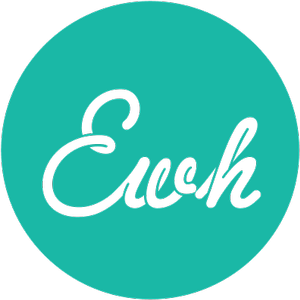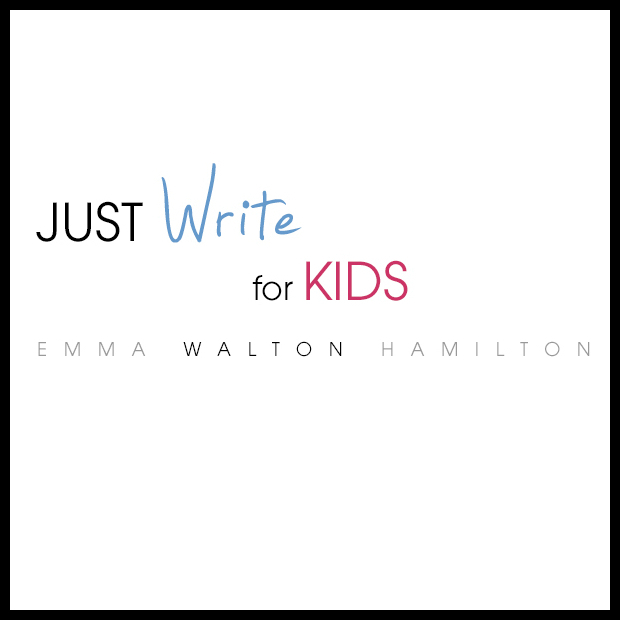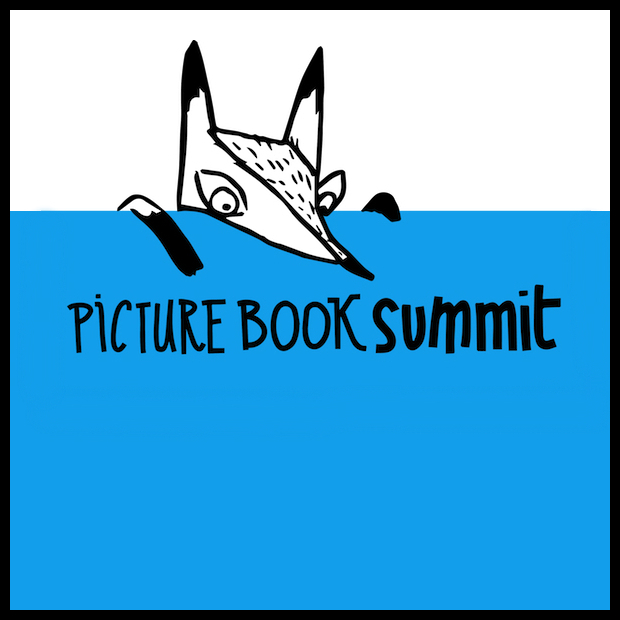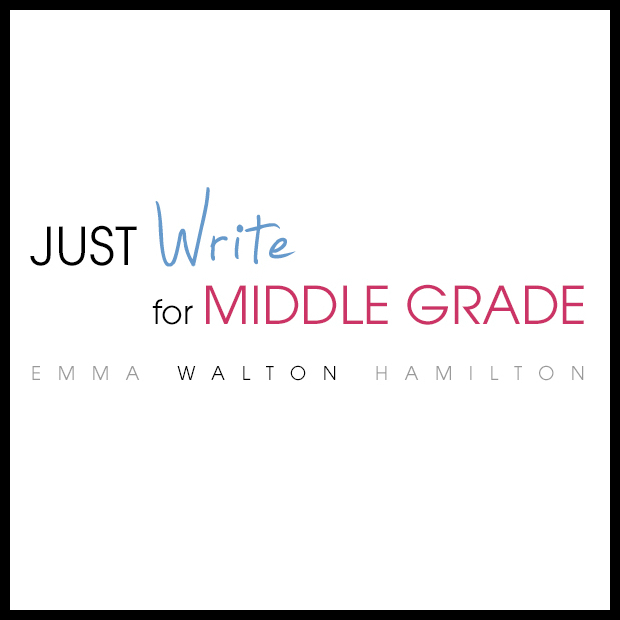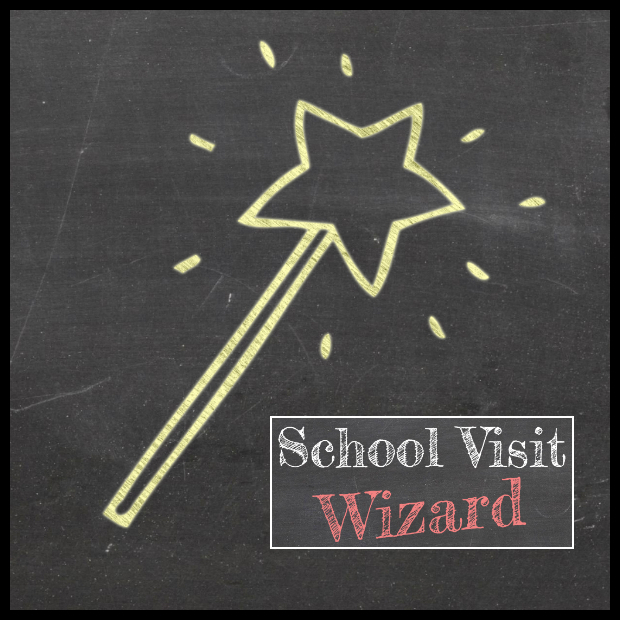Editor-in-a-Box: Chapter Books & Middle Grade
- Description
- Curriculum
- Reviews

Everything you need to revise and refine your novel for younger readers—whether you’re writing an early chapter book or a full-length middle grade.
This targeted toolkit helps you shape your story for maximum clarity, engagement, and age-appropriateness, with specific tools tailored to each category’s unique needs. Designed to guide you from rough draft to polished submission, Editor in a Box includes:
Essential Editorial Tools
Step-by-step revision sequences and structure blueprints customized for chapter books and middle grade fiction. Includes pacing maps, character development guides, world-building checklists, and scene/chapter planning templates—so you can build a compelling story for readers ages 6–12.
Craft & Style Support
Age-specific tips on language, voice, and dialogue, plus grammar support, enrichment ideas, and a mentor text analysis guide to help you model the best in the genre.
Supplementary Resources
Genre classification tools, submission prep questions, and a glossary of publishing terms—plus guidance for working with freelance editors when you’re ready to take that next step.
Before you submit your chapter book or middle grade manuscript, revise with confidence using the tools editors use—designed specifically for the stories young readers love.
-
1Editing Sequence
a) Chapter Books: Focus on clarity, continuity, and simplicity; shorter arcs; limited subplots.
b) Middle Grade: Emphasis on plot logic, character growth, subplots, and theme integration.
-
2Story Structure Crib Sheets
a) Chapter Books: Simple three-act or episodic structures.
b) Middle Grade: Three-act, Hero’s Journey, or Save the Cat! Beat Sheet for preteens.
-
3Character Development Worksheets
a) Chapter Books: One main character, external goals, relatable flaws.
b) Middle Grade: Emotional growth arcs, shifting friendships, independence.
-
4World Building & Setting Checklists
a) Chapter Books: Simple and familiarsettings with concrete detail.
b) Middle Grade: Rich sensory world with clear rules.
-
5Scene & Chapter Mapping Templates
a) Chapter Books: Short, action-focused chapters.
b) Middle Grade: Chapters with balance of action, emotion, and plot development.
-
6Structure & Pacing Blueprints
a) Chapter Books: High engagement, minimal digression.
b) Middle Grade: Strong momentum with room for subplots.
-
7Mentor Text Analysis
a) Chapter Books-Use of humor, tension, and charactervoice
b) Middle Grade-Dialogue, plot twists, and emotional arcs
-
8Grammar Crammer
Covers usage, punctuation, common narrative mistakes—adaptable to all threeformats
-
9Weak, Overused & Unnecessary Words List
-
10Age-Appropriate Word Choice & Dialogue Tips
a) Chapter Books: Concrete, playful, accessible.
b) Middle Grade: Honest, humorous, and emotional.
-
11Bonus Content & Enrichment Ideas
a)Chapter Books: Activities, jokes, or glossary
b)Middle Grade: Discussion questions, author Q&A
-
12What Genre is My Novel?
The key differences among chapter books, middle grade, young adult, and adult fictionand nonfiction—so you can ensure your story is right for its intended audience.
-
1310 Questions to Ask Your Manuscript (Age-Adapted)
Adjusted prompts for each format, focusing on reader age, clarity, voice, andengagement.
-
14Revision Tools & Craft Resources
-
15Glossary of Common Publishing Terms
-
16Freelance Editing Guide
